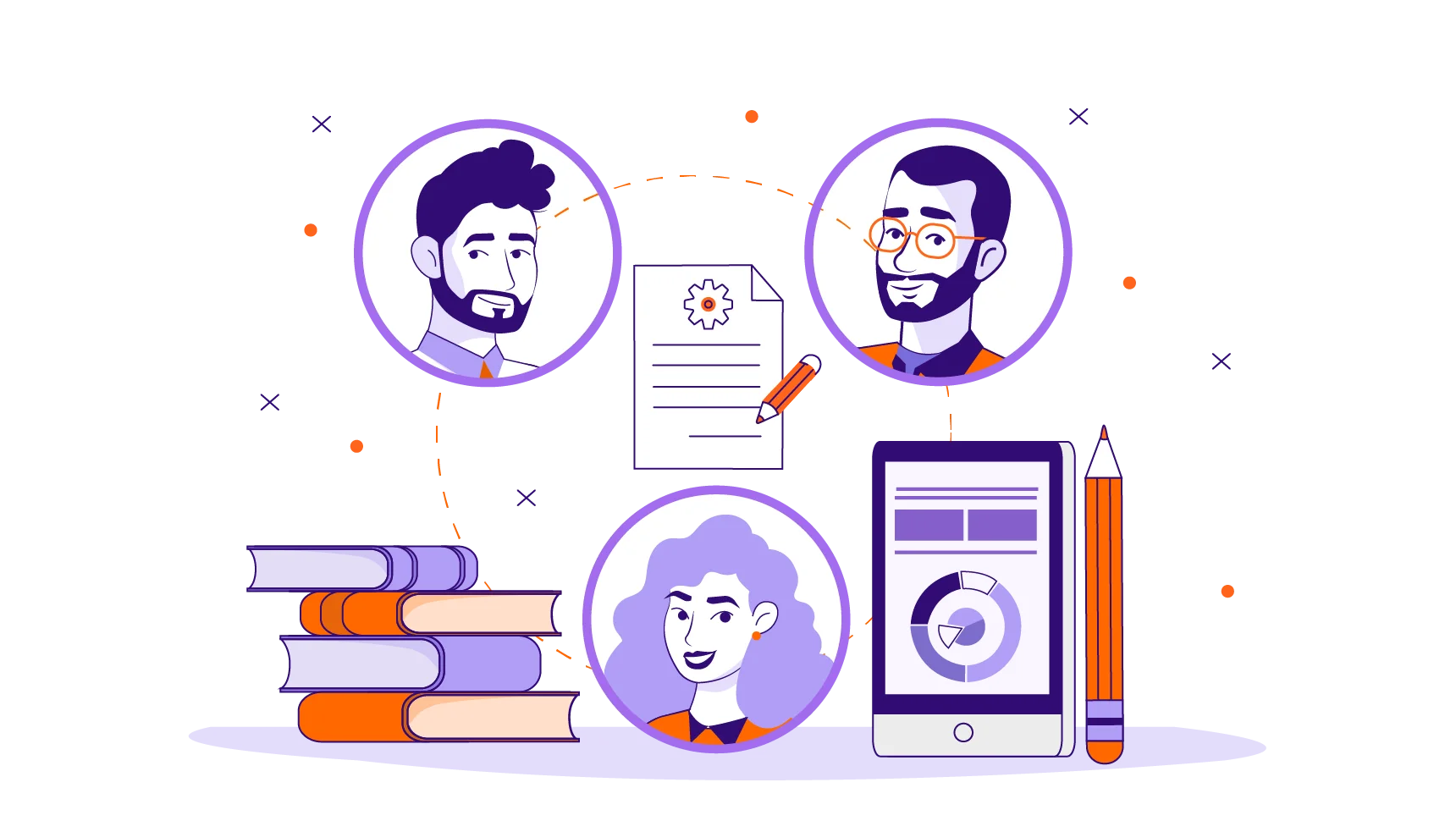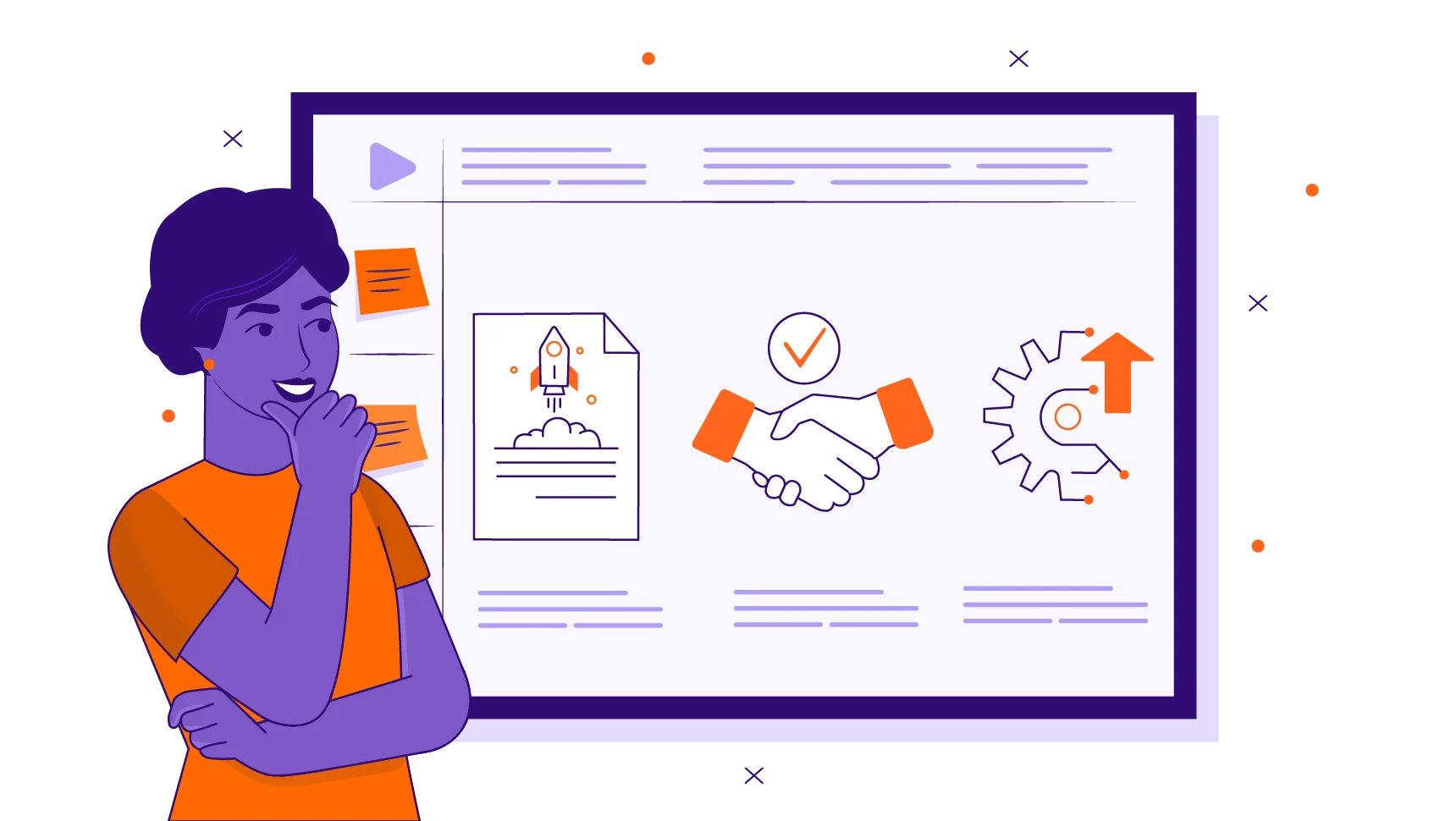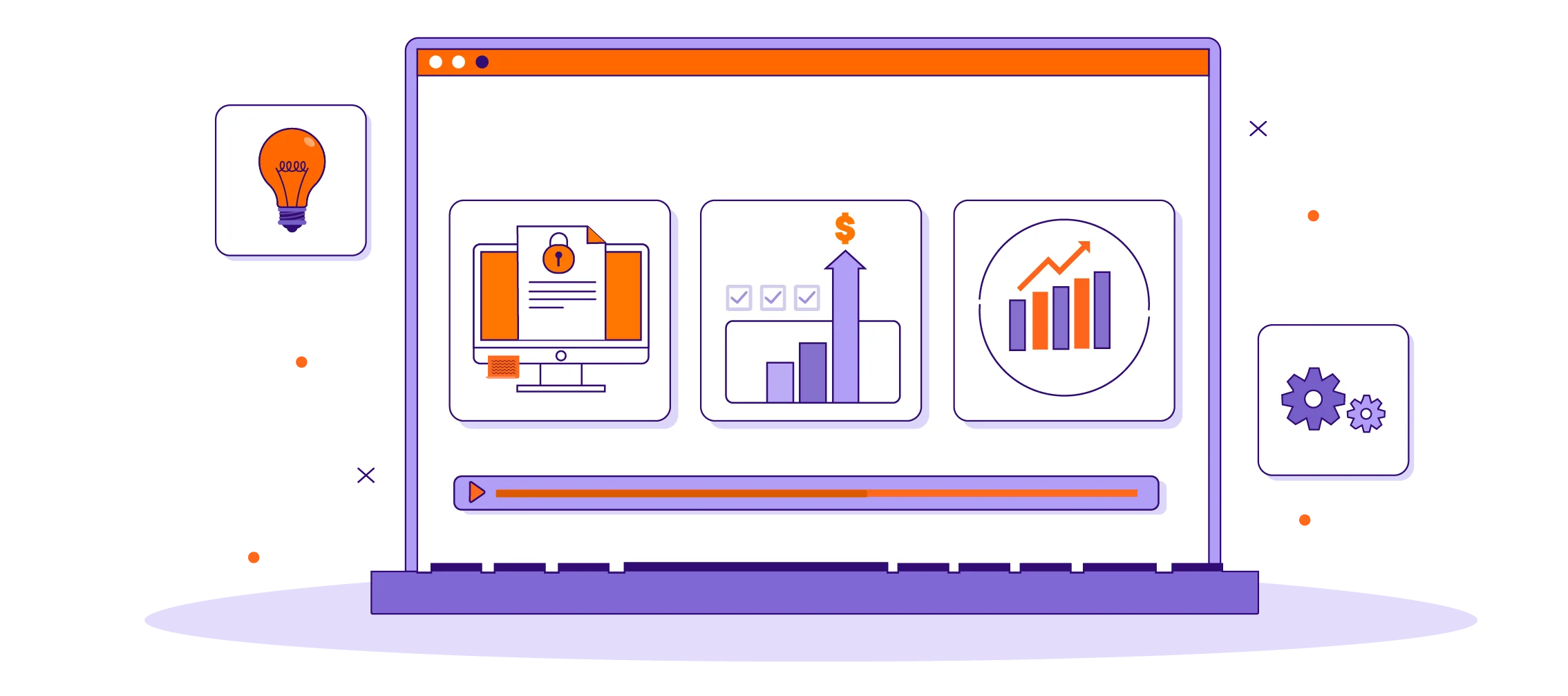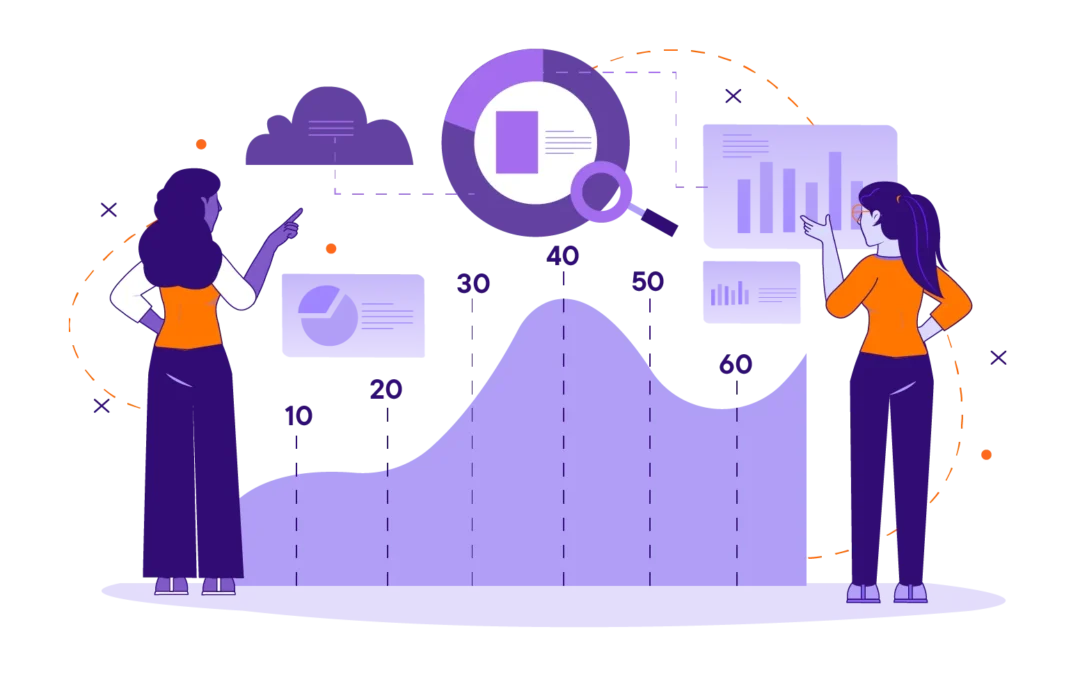
Top Challenges of LMS Implementation and How to Overcome Them
Implementing a Learning Management System (LMS) is a pivotal step for organizations aiming to enhance their training programs
The path to a successful LMS implementation is fraught with challenges that can derail even the most meticulously planned projects. By anticipating these hurdles and strategizing effectively, businesses can maximize their LMS investment and secure a robust platform that supports their educational goals.
Choosing the Right LMS: A Guide to Making an Informed Decision
Understanding Your Needs and Market Options
Choosing the right LMS is critical and can be overwhelming due to the plethora of options available. The key is to find a system that not only meets your current training needs but also has the flexibility to grow with your organization. Start by conducting a thorough needs analysis that involves all stakeholders—from your IT department to the end-users. Identify must-have features, such as mobile compatibility, intuitive user interfaces, and robust analytics capabilities.
Establishing Clear Criteria
Once you’ve identified your needs, develop a clear set of criteria for selecting your LMS. These should include scalability, user-friendliness, technical support, integration capabilities, and cost. It’s also beneficial to consider the vendor’s reputation and the longevity of their support. Create a scoring system to evaluate each LMS option against these criteria to make an objective decision.
Engaging with Stakeholders
Engagement with key stakeholders early in the selection process is crucial. Gather feedback through surveys or workshops to understand their expectations and reservations. This inclusivity not only ensures that the selected LMS aligns with the broader organizational goals but also aids in smoother adoption as stakeholders feel ownership and commitment towards the chosen solution.

Navigating the Technical Terrain: Enhancing Your LMS Expertise
Building Internal Capabilities
One of the most daunting challenges of LMS implementation is the lack of technical expertise. To overcome this, consider training your current staff on LMS fundamentals. Investing in your team’s development will pay dividends by reducing dependency on external vendors and enhancing your control over the LMS.
Outsourcing for Expertise
If building internal capabilities is not feasible, outsourcing LMS administration to specialized service providers like Ninja Tropic can fill the expertise gap. These professionals not only bring technical skills but also provide insights into best practices and pitfalls to avoid during implementation.
Ensuring Smooth Technical Deployment
The technical deployment of an LMS should be handled with precision. This includes configuring the LMS to fit your organization’s specific needs, ensuring proper integration with existing systems, and conducting rigorous testing before going live. Adequate preparation and expert involvement are key to mitigating risks associated with technical deployment.
Encouraging User Adoption: Overcoming Resistance to Change
Challenge: User Resistance to Adopting New Technology
A significant barrier to successful LMS implementation is resistance from users. This can stem from a variety of sources including comfort with current processes, fear of technology, or lack of perceived value in the new system.
Solution: Implementing Effective Change Management Strategies
The key to overcoming resistance is a well-planned change management strategy that begins with user involvement in the selection and implementation processes. By involving users early and often, they become more invested in the project’s success.
Expert Tips: Enhance Communication and Provide Comprehensive Training
- Communication Plan: Develop and implement a communication strategy that keeps all users informed about what changes to expect, why they are being made, and how they will benefit the users. Clear, consistent, and open communication can help alleviate fears and build trust.
- Training and Support: Offer comprehensive training sessions that are easy to understand and relevant. Support should be readily available, and training sessions should be scheduled at various times to accommodate different schedules. Additionally, creating a network of LMS champions who can provide peer support can be highly effective.
Seamless System Integration: Ensuring Compatibility and Functionality
Challenge: Integrating LMS with Existing Systems
Another major challenge is the integration of the LMS with existing systems such as HR software, compliance tools, and other educational technologies. Poor integration can lead to data silos, inefficiencies, and user frustration.
Solution: Prioritizing Interoperability in LMS Selection
Choosing an LMS that offers high interoperability with existing systems is crucial. The LMS should have a proven track record of seamless integration with various types of software. This might involve detailed technical evaluations and seeking out vendors who offer pre-built integrations with other widely used platforms.
Expert Tips: Conducting a Pre-Implementation Audit and Detailed Planning
- System Audit: Before implementation, conduct a thorough audit of all current systems that will need to interact with the LMS. This audit will help identify potential integration challenges and prepare solutions in advance.
- Integration Planning: Work closely with IT and vendors to develop a detailed integration plan. This plan should outline the technical requirements, timelines, and testing phases for each system integration point.
- Testing: Implement rigorous testing phases to ensure that the integration works as intended. This includes testing for data accuracy, workflow functionality, and user interface adaptability.

Managing Data Security and Privacy: Building Trust Through Compliance
Challenge: Ensuring Data Security and Compliance with Privacy Laws
One of the most daunting aspects of implementing a Learning Management System is managing the costs effectively. Budget constraints can limit the scope, quality, or speed of an LMS rollout, impacting the overall effectiveness of the learning platform.
Solution: Robust Security Measures and Regular Compliance Audits
To tackle these issues, it is essential to select an LMS that not only offers robust security features but also provides tools for managing compliance with various data protection laws. Features like data encryption, secure user authentication, and detailed access controls are fundamental.
Expert Tips: Regular Security Training and Proactive Compliance Management
- Security Training: Regularly train all users on the latest data security practices and the importance of following security protocols. This helps in reducing risks related to human error.
- Proactive Compliance: Stay ahead of compliance by regularly reviewing and updating the security measures and privacy policies in place. Engage legal and compliance experts to ensure that your LMS meets all regional and international data protection regulations.
Addressing Budget Constraints: Ensuring Financial Feasibility
Challenge: Navigating LMS Implementation Within Budget Limits
One of the most daunting aspects of implementing a Learning Management System is managing the costs effectively. Budget constraints can limit the scope, quality, or speed of an LMS rollout, impacting the overall effectiveness of the learning platform.
Solution: Strategic Financial Planning and Resource Allocation
Careful budget planning and management are crucial to ensure that the LMS implementation does not exceed financial resources while still achieving desired outcomes.
Expert Tips: Prioritize Essential Features and Consider Long-Term Benefits
- Prioritize Features: Focus on the essential features that will deliver the most significant impact. Additional features can be added later as part of an ongoing development process.
- Cost-Benefit Analysis: Conduct a thorough cost-benefit analysis to understand the long-term benefits of the LMS. This analysis should factor in not only direct costs but also indirect benefits such as improved employee performance and reduced training costs.
- Phased Implementation: Implement the LMS in phases to spread out the costs and manage them more effectively over time. This approach allows for adjusting strategies as needed based on initial outcomes and available budget.
Optimizing LMS Performance: Adapting to Growing Needs
Challenge: Scalability and Flexibility of the LMS
As organizations grow, their LMS needs to adapt to increasing numbers of users, more complex training requirements, and integration with new technologies. An LMS that cannot scale effectively will quickly become obsolete.
Solution: Choosing a Scalable LMS and Planning for Growth
Selecting an LMS that is inherently scalable and flexible ensures that it can grow with the organization. This means looking for platforms that offer modular features, cloud-based services, and regular updates.
Expert Tips: Regular Review and Responsive Adaptation
- Continuous Assessment: Regularly review the performance of the LMS to ensure it meets the changing needs of the organization. This includes soliciting user feedback to understand their evolving needs.
- Flexible Architecture: Opt for an LMS with a flexible architecture that allows for easy updates and additions. This flexibility can significantly extend the life and utility of the platform.
- Vendor Support: Ensure that the LMS vendor offers excellent ongoing support and has provisions for scalability. This support is crucial for troubleshooting, updates, and scaling the system as your organization grows.

Conclusion: Embracing LMS Implementation as a Strategic Investment
Implementing a Learning Management System is not merely a technical task—it is a strategic investment in the future of an organization’s training and development capabilities. The challenges associated with LMS implementation, including choosing the right platform, ensuring user adoption, integrating with existing systems, managing budget constraints, and maintaining data security, are significant but manageable with careful planning and execution.
The keys to a successful LMS implementation are thorough preparation, stakeholder involvement, and a clear understanding of the organization’s long-term educational and operational goals. By addressing these challenges proactively, organizations can not only overcome them but can also enhance their learning environments, thereby supporting their overall mission and objectives.
Furthermore, considering the rapid pace at which digital learning technologies evolve, investing in a scalable and flexible LMS with strong vendor support ensures that the platform can adapt to future demands and technological advancements, thereby maximizing the return on investment over time.
In summary, while the road to effective LMS implementation is fraught with challenges, the potential benefits in terms of enhanced learning outcomes, operational efficiency, and strategic growth are well worth the effort. Organizations that view LMS implementation through the lens of strategic investment rather than mere expenditure are better positioned to leverage this powerful tool to its fullest potential, ensuring a competitive edge in the modern educational landscape.
DOWNLOAD YOUR KEY TO KNOWLEDGE
Access Valuable Resources to Fuel Your Learning Journey


